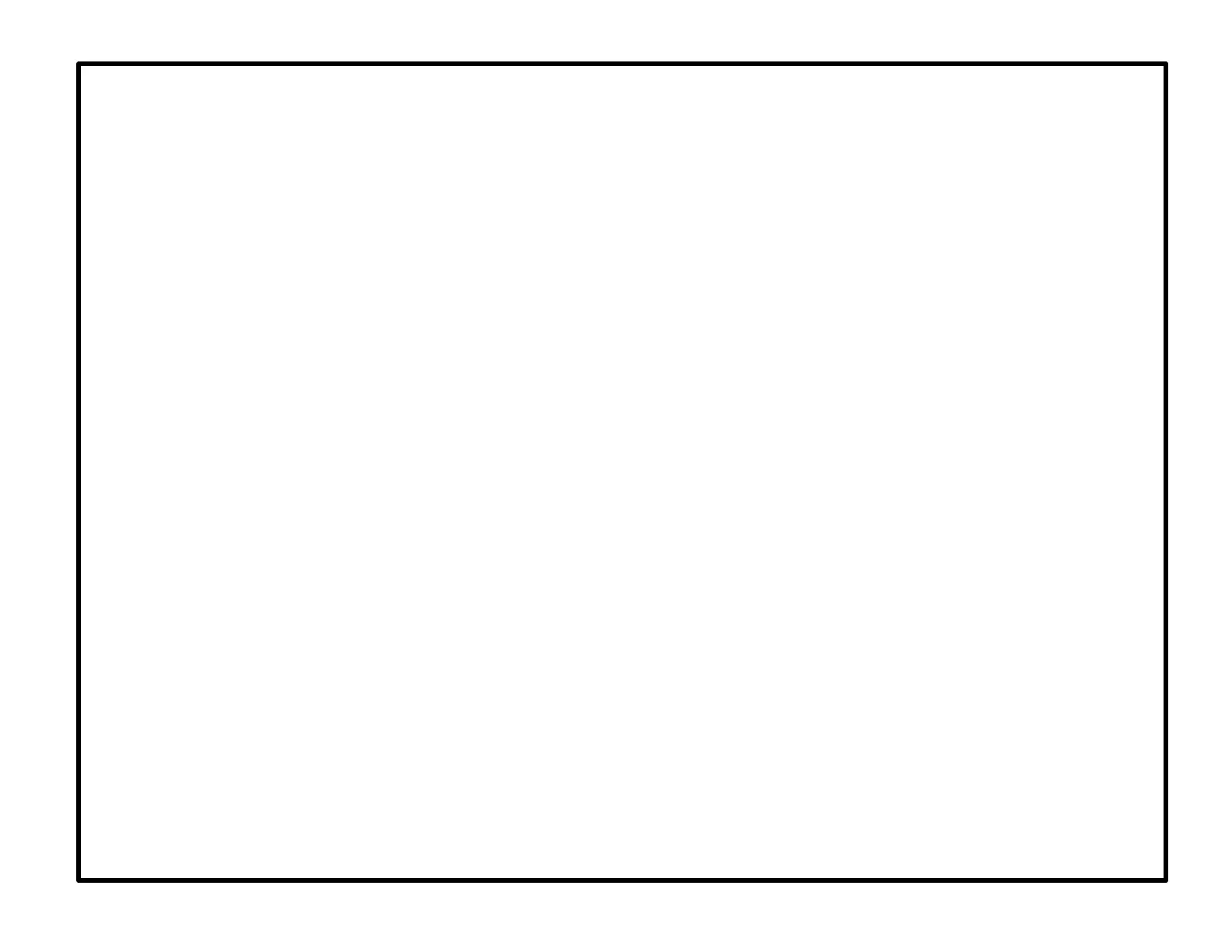Page 131
C14-1 DIAGRAM WITH D8 DIAGRAM continued
13- If a second demand does not reach relay K40 within 30 seconds, K40-1 remains closed and
time delay DL7 closes at the end of 30 seconds.
14- When time delay DL7 closes, relay K41 is energized.
15- Contacts K41-1 close to lock-in economizer. The economizer remains locked-in until con
tacts K42-1 open (at night or during unoccupied periods).
Contacts K41-2 open (not used in this application).
Contacts K41-3 close to supply power to the economizer.
Contacts K41-4 open (not used in this application).
Enthalpy Low:
16- Initial cool demand (voltage ramp from A2 terminal4) closes C1.
17- Enthalpy control A6 has determined that outside air can be used for cooling and has switched
internal 1K and 2K internally.
18- Cooling demand is routed through enthalpy control terminal 6 and through discharge air ther
mostat S13 to enthalpy control terminal D and damper motor terminal D. Simultaneously,
cooling demand energizes relay K37.
19- When 24VAC is applied across terminals D and T of damper motor, the damper motor ener
gizes and outdoor dampers open fully. First stage cooling is provided by outdoor air. Outdoor
dampers drive full closed anytime blower B3 is not operating.
20- Contacts K37-1 close to energize blower on cooling speed.
2nd stage cool:
21- Additional cooling demand (voltage ramp from A2 terminal4) closes C2.
22- Demand is routed from A1 terminal C2 through enthalpy control terminals 3 and 5 to energize
the compressor and relay K55. The compressor provides all additional cooling demand.
23- Contacts K55-1 switch to energize relay K37. Contacts K37-1 close to energize blower on
cooling speed (no affect).
Enthalpy High (outside air cannot be used for cooling):
24- Enthalpy control internal relays switch to close circuit 1k terminals 1 and 2 (1 & 6 open) and 2K
terminals 3 and 4 (3 & 5 open).
25- Cooling demand is sent from A1 terminal C1 through enthalpy control terminals 1 and 2 and
through enthalpy control terminal 5 to energize the compressor, relays K37 and K55. The
compressor handles all cooling demand.
26- Contacts K55-1 switch to energize relay K37. Contacts K37-1 close to energize blower on
cooling speed (no affect).
27- Additional cooling demand (voltage ramp from A2 terminal 4) closes C2 (not used in this ap
plication).
Night Setback (optional field installed)
28- Optional field installed time clock and night relay K11 must be connected for night setback op
eration.
29- Blower B3 operates only during a heating demand controlled by heat relay K25 in the unit.
Outdoor dampers are held closed by relay K41.
30- When clock contacts close, relays K11 (not shown), K38 and K42 all energize.
31- K42-1 opens to de-energize relay K41.
32- K41-3 opens to drive dampers closed.
33- Contacts K38-1 close to energize setback resistor R4.
Contacts K38-2 close to energize setup resistor R5.
Contacts K38-3 open to energize blower B3 on demand only.
During night operation when contacts K38-3 are open. blower B3 operates only on demand
powered through relays K25 (for heat) or K37 (for cool). Outdoor air dampers are held closed
by contacts K11-2 remaining open.
34- A1 terminal 1 feeds 20VDC at all times to A2 terminal 1 and contacts K38-1 and K38-2 (source
of voltage for resistors).
35- When heating demand is present during unoccupied periods, 20VDC feeds through K38-1
and R4. R4 alters the voltage. A2 terminal 6 receives that altered voltage and uses it to shift
the unoccupied setpoint. R4's value, 3.6K ohms, shifts the unoccupied setpoint down 10F.
For example, if heat lever of A2 is set at 75F, the unoccupied setpoint for first stage opera
tion is 65F.
36- When cooling demand is present during unoccupied periods, 20VDC feeds through K38-2
and R5. R5 alters the voltage. A2 terminal 8 receives that altered voltage and uses it to shift
the unoccupied setpoint. R5's value, 1.2K ohms, locks out cooling in unoccupied mode.
Morning Warm-Up:
37- Shortly before the building is to be occupied, time clock CMC3-1 contacts open.
38- Relays K38, K42 and K11 (not shown) disengage.
39- Contacts K42-1 open. Contacts K11-2 close to allow outdoor dampers to open. Note that
dampers remain closed until relays K3 and K41 are energized.
40- Since contacts K40-1 are normally closed and contacts K42-1 have just switched closed, tim
er DL7 is energized. Timer DL7 is normally open and closes 30 sec. after being energized.
41- If heat demand H1 reaches relay K40 before delay DL7 closes, contacts K40-1 open, delay
DL7 loses power and resets and the economizer locks out for the first heat demand by relay
K41 (contacts K41-3 remain open). If heat demand H1 reaches relay K40 after delay DL7
closes, relay K41 energizes and the economizer locks in for the day until night setback.
42- When first heat demand is satisfied, relay K40 disengages and relay contacts K40-1 close.
Relay contacts K42-1 are already closed (clock contacts open). Time delay DL7 begins 30
sec. count. If a second heat demand H1 reaches relay K42 within 30 seconds, delay DL7
loses power , reset and steps 41 and 42 repeat. If a second heat demand H1 does not reach
relay K42 within 30 sec., time delay DL7 contacts close and relay K41 energizes.
43- When relay K41 energizes, the economizer is allowed to operate normally, controlled by relay
K3:
Contacts K41-1 close to lock in economizer operation until night setback.
Contacts K41-2 open (not used).
Contacts K41-3 close to allow power to the economizer.
Contacts K41-4 close (not used).
44- Once energized, relay K41 locks in and the economizer operates until relay K42 is energized
by night setback (contacts K42-1 open to disengage relay K41).

